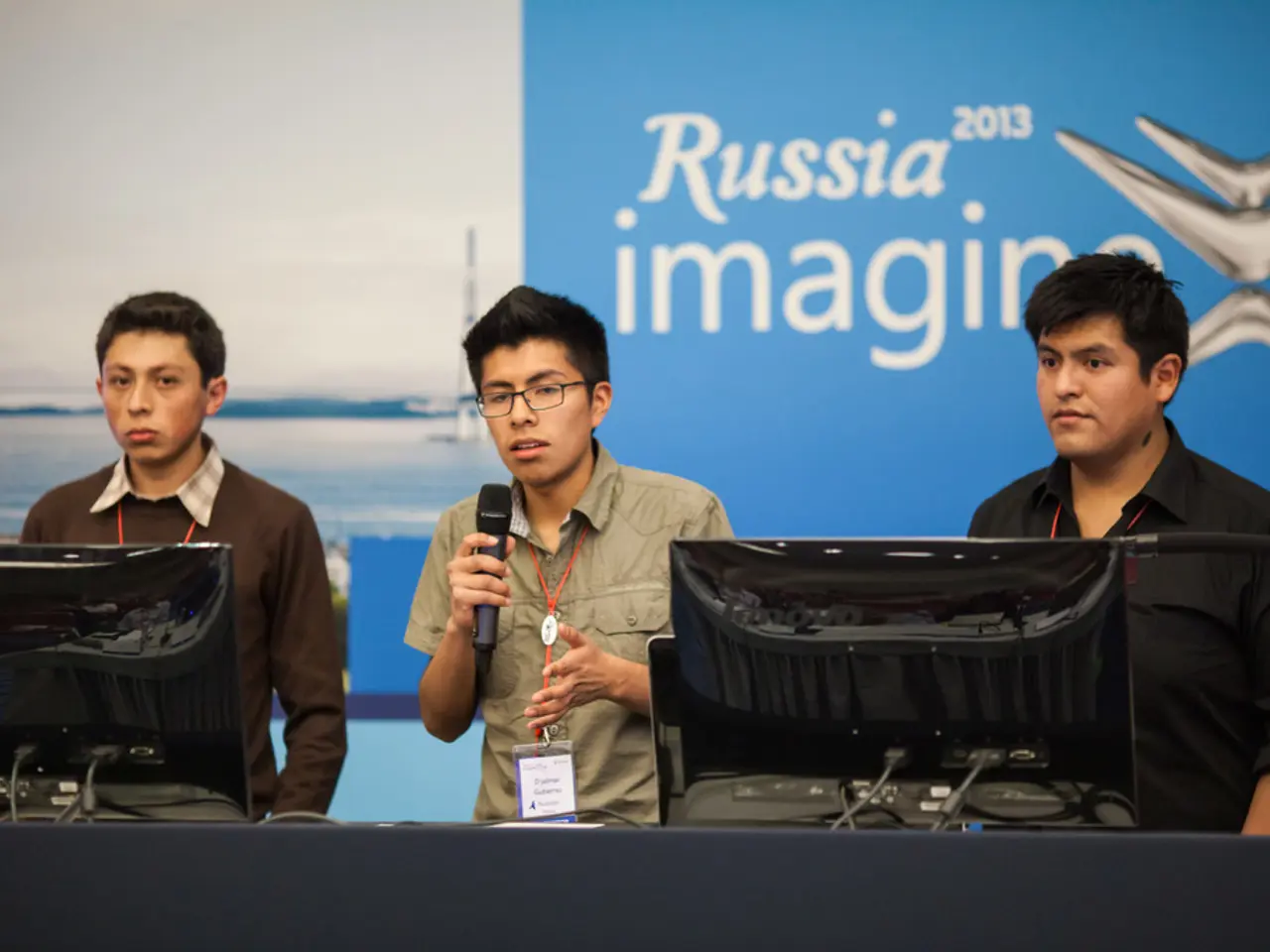Exploring the Developmental Terrain of Innovative Artistic Technologies
The UK's Creative Technologies (CreaTech) sector is a significant economic driver, with research, investment, and innovation heavily concentrated in key creative sectors.
Current state and economic impact: The creative industries contributed over £124 billion to the UK economy in 2023, accounting for approximately 5.2% of the UK’s Gross Value Added (GVA) and employing around 2.4 million people. This marks a substantial growth since 2019 and 2011. The sector’s GVA grew at 1.6 times the national rate from 2010 to 2023, indicating a robust upward trajectory in economic contribution.
Distribution and regional concentration: The distribution of the creative industries’ economic output is heavily skewed towards London, which generated about 51.7% of the creative industries’ GVA in 2023. Other regions like the East Midlands and North East showed the highest relative GVA growth rates, indicating emerging growth hubs outside London.
Leading sectors and innovation hotspots: The creative industries encompass advertising, architecture, crafts, design, film, music, video games, performing and visual arts, with a strong emphasis on digital and screen content. Film and high-end television (HETV) represent major segments, with UK production spend reaching £5.6 billion in 2024. The UK is at the forefront of creativity in visual effects and virtual production, underpinning next-generation content creation in screen-based media.
Investment landscape and challenges: Despite its economic importance, the CreaTech sector faces a substantial investment shortfall, with nearly half of creative businesses citing limited access to external finance as a growth barrier. Concerns also include rising production costs, financing hurdles, challenges in intellectual property retention, freelance work stability, skills gaps, diversity, and mental health issues within the workforce.
Research and innovation focus: Innovation in CreaTech in the UK prominently centres on emerging technologies such as virtual production, visual effects, interactive media (games), and digital creative technologies that enhance content creation and distribution. The government and sector stakeholders recognise the importance of supporting workforce skills and resilience to sustain future innovation and growth, particularly in film, television, and digital creative segments.
New research and initiatives: A new research paper from Nesta and PEC researcher Juan Mateos-Garcia, supported by the AHRC, examines and maps the spread of CreaTech activities around the UK. The Northern Creative Corridor is an initiative aimed at connecting creative clusters across Northern regions. The policy brief "Transitioning to Sustainable Production across the UK Theatre Sector" outlines recommendations for sustainable theatre production, while "Audiences and Workforce in Arts, Culture, and Heritage" uses census data to provide a comprehensive analysis of audiences. Many of the CreaTech research projects have responded to challenges and opportunities created by the COVID-19 crisis.
Summary: The UK's Creative Technologies sector is a driving economic force, concentrated mainly in London and the South East but with growing regional expansion potential. It spans multiple interconnected creative disciplines with film, TV, games, and digital media leading innovation. While the sector enjoys strong growth and global influence, it faces significant funding and workforce challenges that impact its ability to fully capitalise on innovation opportunities. Investment gaps remain a critical issue to address in order to maintain the UK’s competitive edge in CreaTech.
- The UK's Cultural and Creative Industries Strategy recognizes the need to invest in innovation and technology, enhancing the UK's competitive edge in data-and-cloud-computing and artificial-intelligence.
- The government's policy focus includes supporting research and development in the arts, education, and skills training to foster a creative talent pool and a resilient workforce.
- Evidence-based analysis shows that internationalisation of the creative industries plays a crucial role in driving innovation and growth, with the UK seeking to establish strategic partnerships and collaborations on a global scale.
- Bridge the investment gap is essential for driving long-term sustainable growth in CreaTech, as it can facilitate the adoption of cutting-edge technologies like virtual production and visual effects in film and television.
- To address the skills gap and diversity issues within the workforce, educational institutions are encouraged to integrate specialised courses and programmes that equip individuals with the necessary creative, technical, and business skills.
- The utilization of technology, such as AI and machine learning, can help address challenges like intellectual property management and piracy in the creative industries.
- Researchers seek to employ data-driven analysis to better understand the impact of technology on cultural heritage conservation, ensuring preservation while fostering innovation.
- The government's Data Strategy advocates for collaboration in data-sharing and research between public and private sectors to support the development of new products and services in CreaTech.
- policy initiatives like the Northern Creative Corridor and the Transitioning to Sustainable Production across the UK Theatre Sector are stepping stones towards ensuring that sustainable practices are adopted across the creative industries.
- The Analysis of Audiences uses census data to provide vital insights into audience behavior and preferences, enabling the creative industries to better tailor content and reach new markets, further fueling the sector's growth.




